15. September, 2025delish0
Prologue: What is the perfect ribbon?
Before we start our journey, we first define "perfect". A perfect industrial-grade ribbon must have:
• Uniform coating: no bubbles, impurities, or uneven thickness.
• Precise width and edges: The slitting width error should be controlled at the micron level (± 0.05mm or more), with flat edges, no burrs, and no flanging.
• Neat and tight core: constant winding tension, neat winding, no snake, no movement, ensuring smooth and smooth printing at high speeds.
• Extremely low static electricity and dust: The slitting process requires effective control of static electricity and debris generated by friction to ensure the cleanliness and longevity of the print head.
All these "perfect" characteristics stem from the "precision slitting" process at the back end.
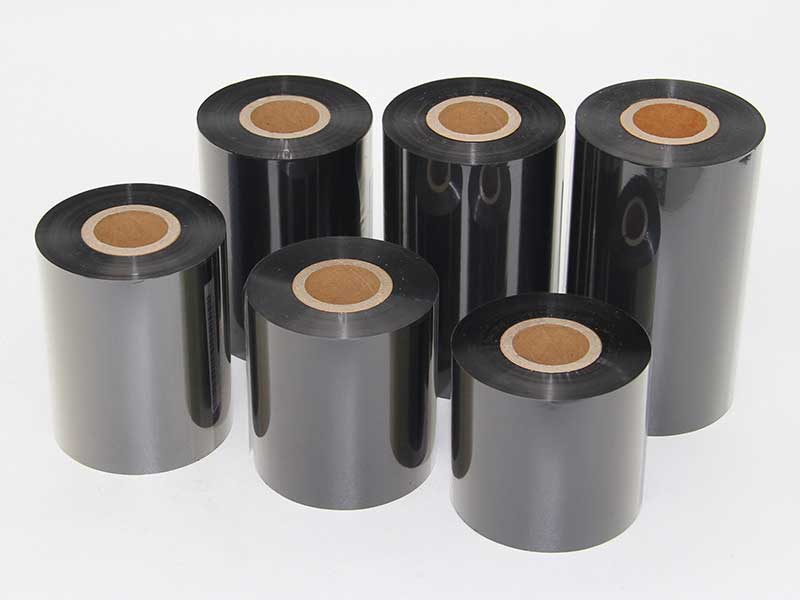
Act 1: Ready - Preparation of the master volume and the environment
Our journey began with a huge "heart" – the Mother Roll. This is a virgin material made from a composite of a base film (e.g. mylar PET), a backing coating, and a thermal transfer coating (ink layer).
1. Environmental purification: Slitting must be carried out in a constant temperature and humidity workshop with high cleanliness. Tiny dust, temperature fluctuations, and changes in humidity can all affect slitting accuracy and ribbon quality, causing coatings to peel off or generate static electricity.
2. Master Roll Inspection: Before entering the machine, the operator will check the surface of the master roll again for defects and confirm its specifications (total length, width, coating type, etc.).
3. Precise feeding: Through a professional winding machine, the mother coils weighing hundreds of kilograms are smoothly and centered on the unwinding shaft of the slitting machine. Alignment is the first step and the basis for ensuring that subsequent slitting does not deviate.
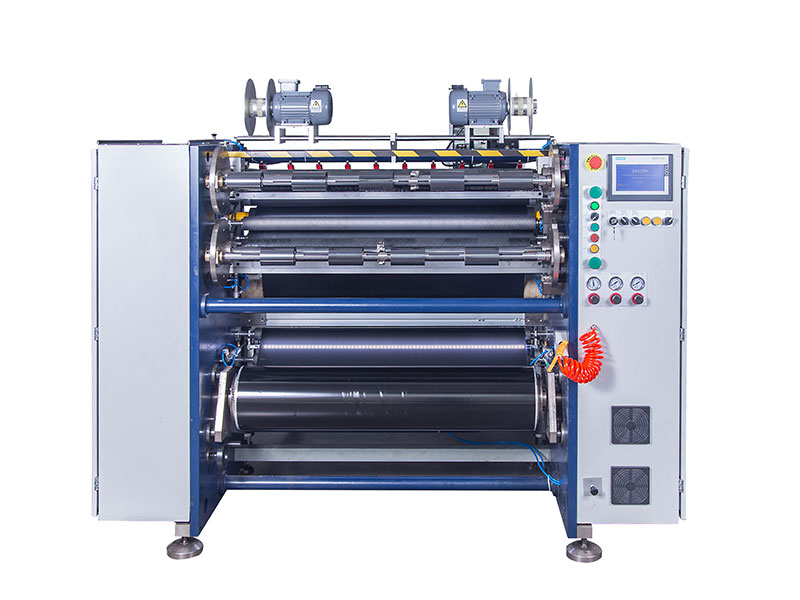
Act 2: Core technology - precision collaboration of slitting machines
The slitting machine is the "main stage" of the journey, and every part of it is crucial.
1. Unwinding and Tension Control:
◦ The unwinding shaft smoothly releases the master roll driven by the servo motor.
◦ Core technology (1): Automatic tension control system. This is the "soul" of slitting. The system monitors the change in the diameter of the master coil in real time through the tension sensor and automatically adjusts the torque to ensure that the tension is constant throughout the unwinding process from large to small. Excessive tension can cause tensile deformation or wrinkling; If it is too small, it will loosen and sway.
2. Guidance and correction:
◦ The master roll is guided through a series of guide rollers to the slitting section.
◦ Core technology (2): High-precision photoelectric correction system (EPC). A "fiery-eyed" sensor monitors the position of the film edge in real time, and when a slight lateral offset (serpentine) is detected, it instantly issues a command to drive the entire unwinding mechanism or correction roller to fine-tune to ensure that the material always moves along the preset absolute straight line. This is the key to ensuring precise slitting widths and flat edges.
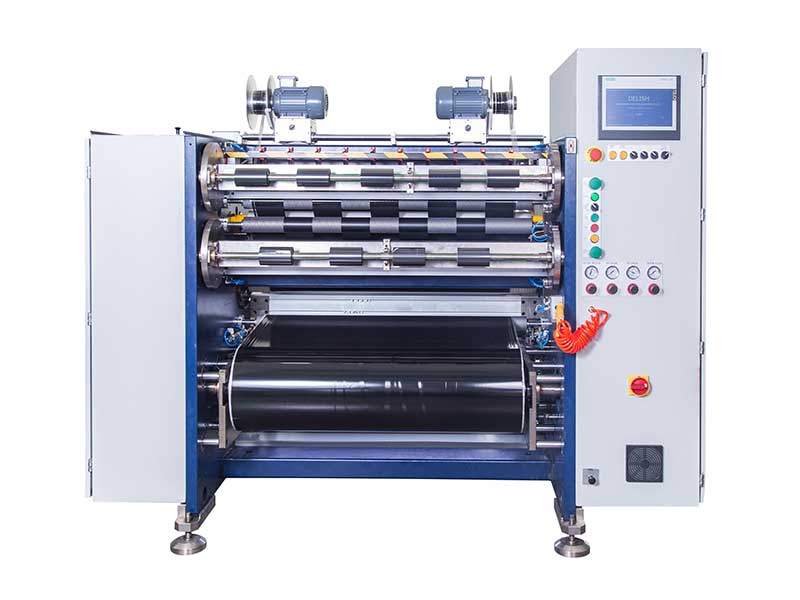
3. Slitting – The Art on the Blade:
◦ This is the most exciting part. Depending on the ribbon type (wax-based, mixed, resin-based) and the slitting width, different slitting methods are selected:
▪ Shear slitting: Like scissors, use a round knife and a base knife for shearing. This method is fast, suitable for a variety of materials, with clean, flat and burr-free edges, and is the mainstream slitting method for high-quality ribbons. The clearance and angle between the knives need to be precisely set.
▪ Cutting slitting: A sharp blade is used to crush the material directly onto the pad roller. It is easy to generate more dust and is less used for high-end ribbons.
◦ Core Technology (3): Ultra-precision tool holder system. Each slitting circular cutter is mounted independently on a fine-tuned tool holder. The operator can position each knife extremely precisely according to the slitting scheme to achieve different widths (e.g. 60mm, 70mm, 80mm, etc.). The material, sharpness and mounting stability of the knife directly determine the quality of the edges.
4. Winding – Perfect Ending:
◦ Multiple narrow strips (sub-rolls) that are cut into sections are wound separately onto their respective paper cores.
◦ Core Technology (4): Independent winding and tension control. Each rewinding shaft is driven by an independent servo motor and is equipped with its own tension control system. This ensures that each sub-roll can be wound neatly and tightly with a constant optimal tension, even under high-speed slitting, eliminating common problems such as "choy sum rolls" and "bell mouths".
◦ The initial tension and taper of the winding (gradually decreasing the tension as the coil diameter increases) are set by a precise algorithm.
Act 3: Static inspection - the final gatekeeper of quality
The ribbon rolls that come down from the slitting machine are not packaged immediately.
1. Resting: The ribbon needs to be left in a constant temperature and humidity environment for a period of time to release the internal stress and static electricity generated during the slitting process, making the coil more stable.
2. 100% Inspection: Each ribbon will be inspected by online or offline testing equipment. Inspection items include: whether there are scratches or bumps on the roll surface, whether the edges are neat, whether the winding is tight, and print testing (checking whether the print effect has white lines, color aberration, etc.).
3. Packaging: Qualified ribbons are labeled, sealed using vacuum packaging or bags lined with aluminum foil, and placed in shock-resistant cartons to avoid moisture, pressure, or dust during transportation and storage.
Summary: The value of precision slitting journeys
A perfect ribbon is worth much more than the ink and base film on the surface. Behind it, there are:
• "Stable": Constant tension control system, which is the basis for smooth operation.
• "Accurate": Micron-level correction and slitting accuracy is a guarantee of high-quality edges.
• "sharp": Sophisticated knives and slitting process to create a clean and flawless cutting surface.
• "Intelligent": Integrated automation and sensing technology ensures consistency and reliability throughout the entire process.
It is this extraordinary journey of precision slitting that turns huge industrial master rolls into thousands of "perfect" ribbons that run smoothly in the printer and print every byte clearly. It is obscure yet an indispensable cornerstone of precision in the modern marking and printing industry.




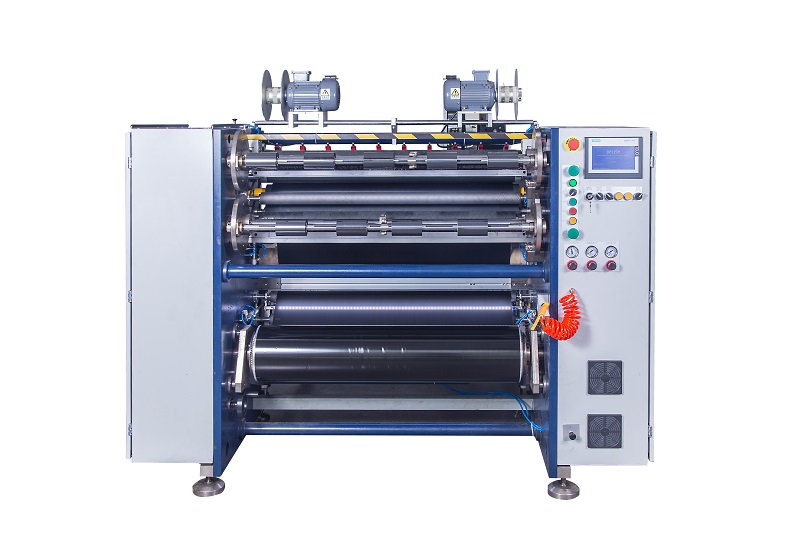
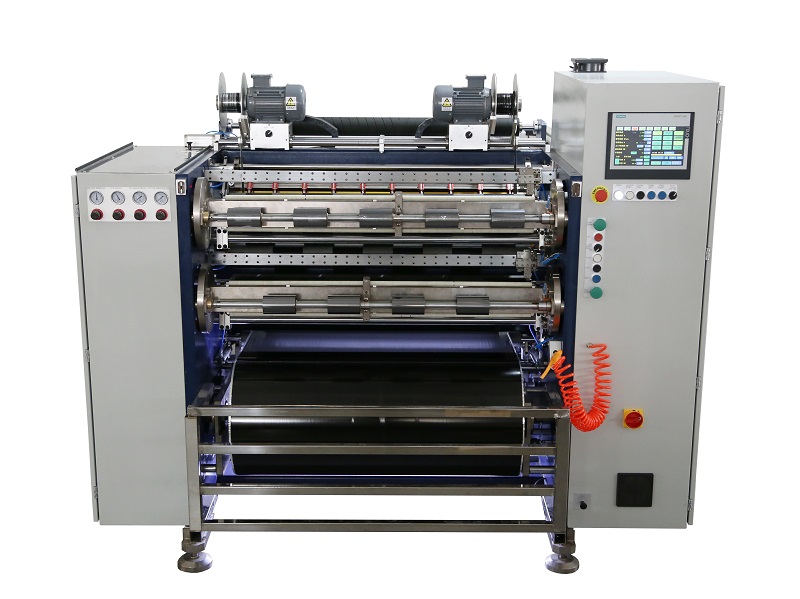 Fully Automatic TTR Slitter RSDS8 Plus
Fully Automatic TTR Slitter RSDS8 Plus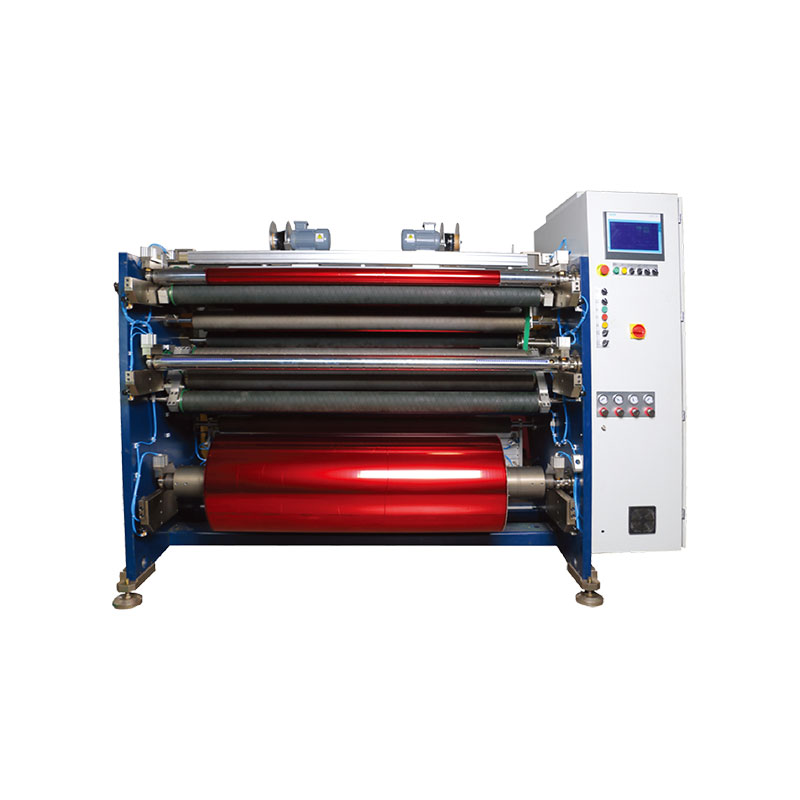 Hot Stamping Foil Slitter 1600mm
Hot Stamping Foil Slitter 1600mm Hot Stamping Foil Slitter (4 Shafts)
Hot Stamping Foil Slitter (4 Shafts)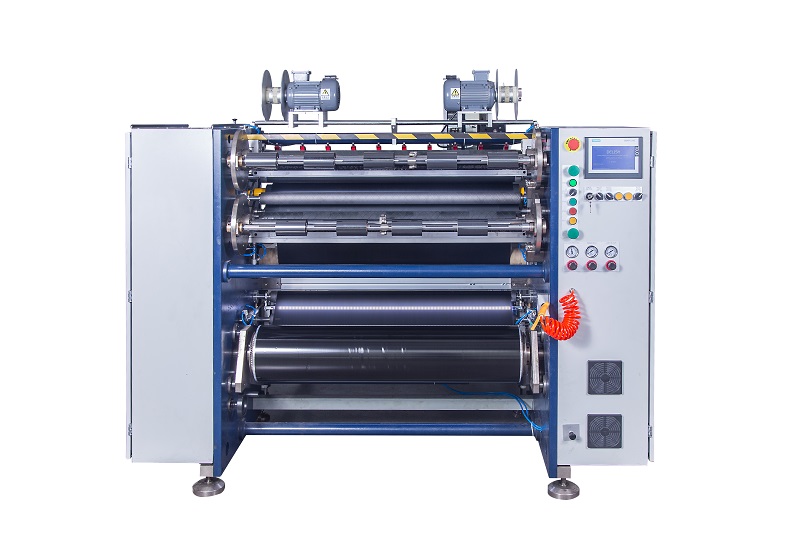 Semi-Auto TTR Slitter RSDS2 Plus
Semi-Auto TTR Slitter RSDS2 Plus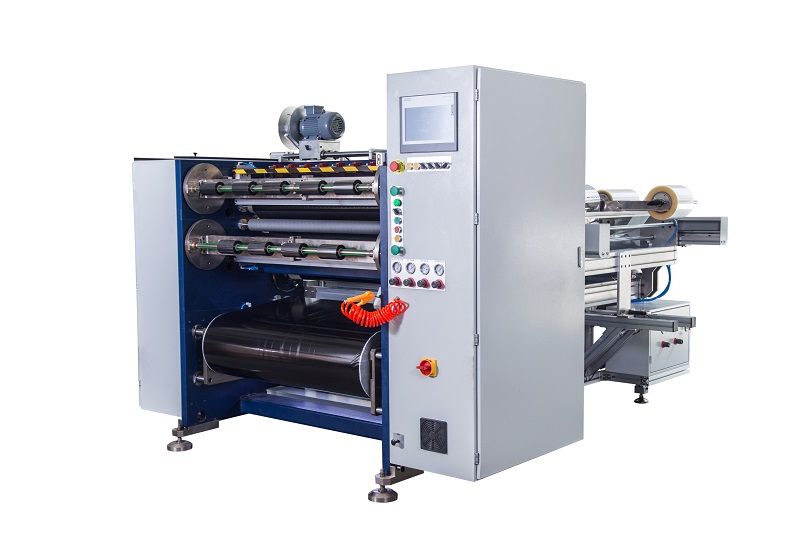 Semi Automatic TTR Slitter RSDS5 Plus
Semi Automatic TTR Slitter RSDS5 Plus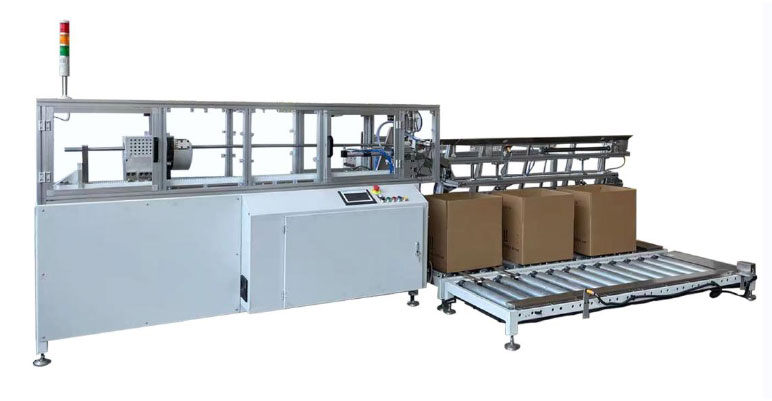 Auto Paper Core Cutter
Auto Paper Core Cutter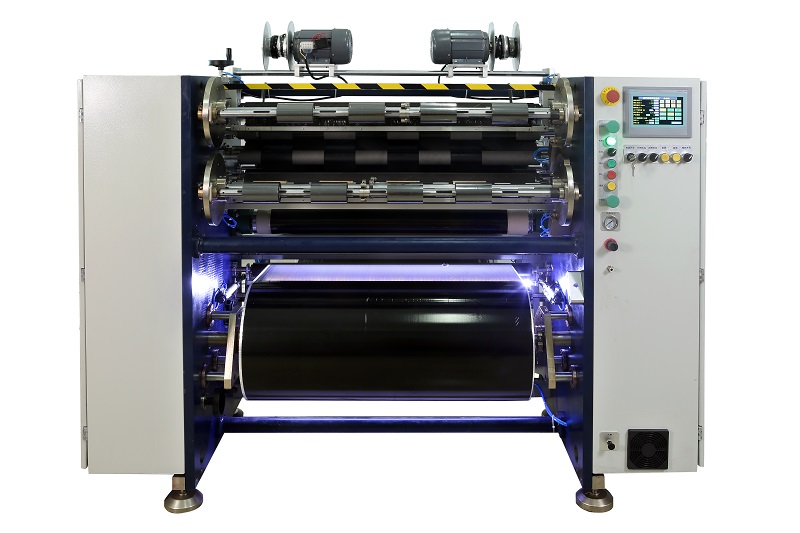 Manual TTR Slitter RSDS2
Manual TTR Slitter RSDS2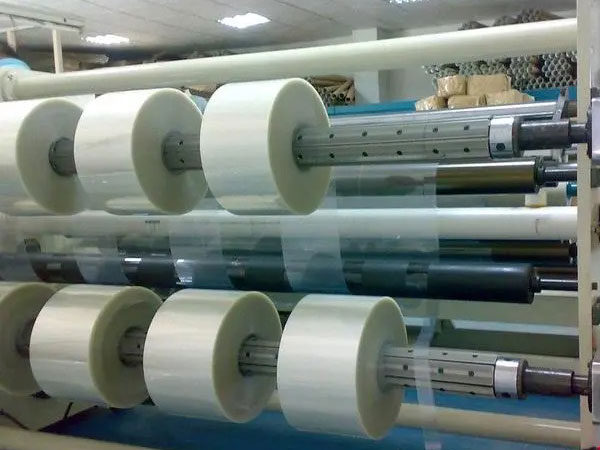 Film Slitting Machine
Film Slitting Machine





